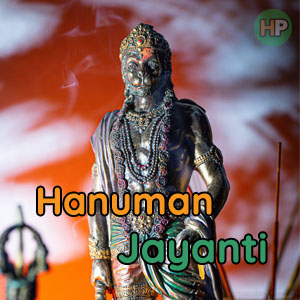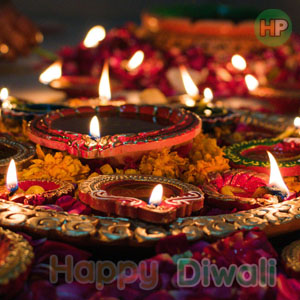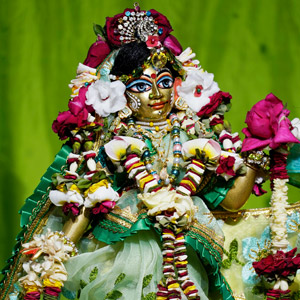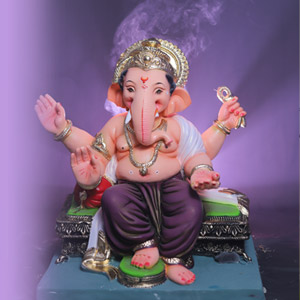दशहरा त्योहार 2024: तिथि, शुभ मुहूर्त ,महत्त्व ,पौराणिक कथा…
Dussehra ( Vijayadashami ) Festival 2024 : Date , Auspicious Time , Importane and Mythology related Dussehra
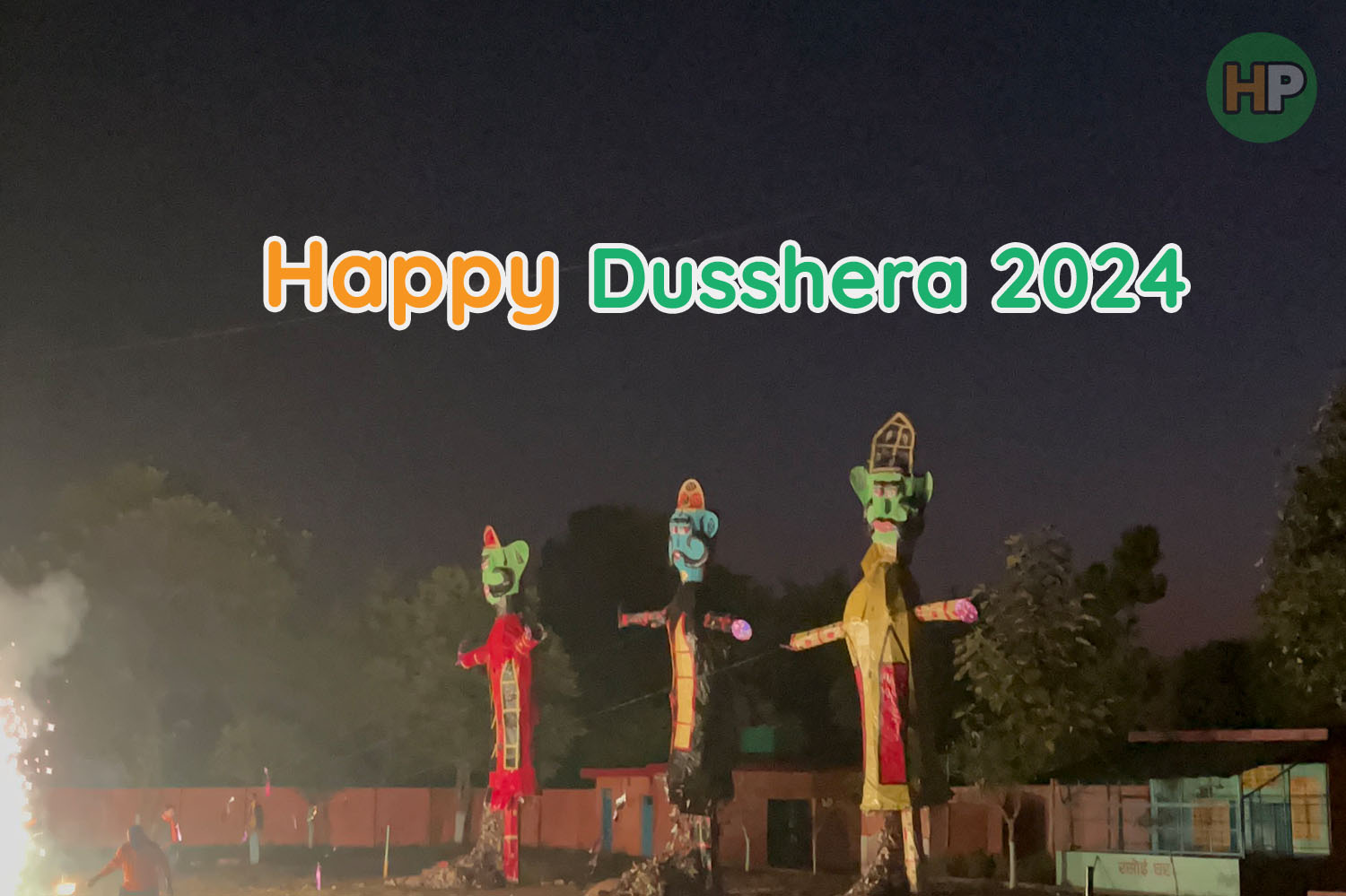
” Dussehra “, also known as Vijayadashami , is a major Hindu festival celebrated in India and some other South Asian countries. It marks the triumph of good over evil and is observed on the tenth day of the Hindu calendar month of Ashwin, which typically falls in September or October.
“दशहरा “, जिसे विजयादशमी के नाम से भी जाना जाता है, भारत और कुछ अन्य दक्षिण एशियाई देशों में मनाया जाने वाला एक प्रमुख हिंदू त्योहार है। यह बुराई पर अच्छाई की जीत का प्रतीक है और हिंदू कैलेंडर माह आश्विन के दसवें दिन मनाया जाता है, जो आम तौर पर सितंबर या अक्टूबर महीने में आता है।
दशहरा (विजयादशमी) शनिवार, 12 अक्टूबर 2024 को है ।
Dussehra (Vijayadashami) is on Saturday, 12 October 2024
Dashami Tithi Timing ( दशमी तिथि समय ) :
- Starting on 10:58 AM at Oct 12, 2024. ( 12 अक्टूबर 2024 प्रातः 10 बजकर 58 मिनट से प्रारंभ )
- End on 09:08 AM on Oct 13, 2024. ( 13 अक्टूबर 2024 को दोपहर 09 बजकर 08 मिनट पर समाप्त होगी )
Dussehra Auspicious Timing ( दशहरा का शुभ मुहूर्त ) :
- Afternoon 02:03 PM to 02:49 PM ( Duration : 0 Hour 46 Minute )
दोपहर 02 बजकर 03 मिनट से 02 बजकर 49 मिनट तक ( अवधि : 0 घण्टे 46 मिनट )
भारत के विभिन्न क्षेत्रों में इस त्यौहार का अलग-अलग महत्व है। उत्तरी और पश्चिमी भागों में, यह राक्षस राजा रावण पर भगवान राम की जीत का जश्न मनाता है, जैसा कि महाकाव्य रामायण में वर्णित है। पूर्वी और पूर्वोत्तर राज्यों में, यह भैंस राक्षस महिषासुर पर देवी दुर्गा की जीत का प्रतीक है।
The festival has different significance in various regions of India. In the northern and western parts, it commemorates the victory of Lord Rama over the demon king Ravana, as described in the epic Ramayana. In the eastern and northeastern states, it symbolizes the victory of Goddess Durga over the buffalo demon Mahishasura.
Why celebrate dussehra ( दशहरा क्यों मनाते हैं ? ) –
Dussehra is celebrated for its significance in Hindu mythology, particularly for commemorating the victory of good over evil. The festival has different stories and legends associated with it, depending on the region of India.
दशहरा हिंदू पौराणिक कथाओं में इसके महत्व के लिए मनाया जाता है, विशेष रूप से बुराई पर अच्छाई की जीत के उपलक्ष्य में। भारत के क्षेत्र के आधार पर इस त्यौहार से जुड़ी अलग-अलग कहानियाँ और किंवदंतियाँ हैं।
- Victory of Lord Rama over Ravana :
In the northern and western parts of India, Dussehra primarily celebrates the triumph of Lord Rama over the demon king Ravana. According to the Hindu epic Ramayana, Ravana kidnaps Rama’s wife, Sita. After a prolonged battle, Rama, with the help of his loyal companion Hanuman and an army of monkeys, defeats Ravana and rescues Sita. The tenth day of the war, known as Vijayadashami or Dussehra, marks Rama’s victory.
भारत के उत्तरी और पश्चिमी हिस्सों में, दशहरा मुख्य रूप से राक्षस राजा रावण पर भगवान राम की विजय का जश्न मनाता है। हिंदू महाकाव्य रामायण के अनुसार, रावण ने राम की पत्नी सीता का अपहरण कर लिया था। एक लंबी लड़ाई के बाद, राम, अपने वफादार साथी हनुमान और बंदरों की सेना की मदद से, रावण को हराते हैं और सीता को बचाते हैं। युद्ध का दसवां दिन, जिसे विजयादशमी या दशहरा के नाम से जाना जाता है, राम की जीत का प्रतीक है। - Victory of Goddess Durga over Mahishasura:
In the eastern and northeastern states of India, Dussehra is associated with the victory of Goddess Durga over the buffalo demon Mahishasura. According to the legend, Mahishasura had obtained a boon of invincibility from Lord Brahma, making him nearly indestructible. Goddess Durga, created by the combined energies of various gods, fought Mahishasura for nine days and nights before finally slaying him on the tenth day, which is celebrated as Dussehra.
भारत के पूर्वी और पूर्वोत्तर राज्यों में, दशहरा भैंस राक्षस महिषासुर पर देवी दुर्गा की जीत से जुड़ा हुआ है। पौराणिक कथा के अनुसार, महिषासुर ने भगवान ब्रह्मा से अजेयता का वरदान प्राप्त किया था, जिससे वह लगभग अविनाशी हो गया था। विभिन्न देवताओं की संयुक्त ऊर्जा से निर्मित देवी दुर्गा ने नौ दिनों और रातों तक महिषासुर से युद्ध किया और अंत में दसवें दिन उसका वध किया, जिसे दशहरा के रूप में मनाया जाता है।
In both cases, Dussehra symbolizes the victory of righteousness and virtue over demonic forces and evil. The festival holds cultural, religious, and social significance, bringing communities together to celebrate the triumph of good and the onset of a period of joy and festivity leading up to Diwali, the festival of lights.
दोनों ही मामलों में, दशहरा राक्षसी शक्तियों और बुराई पर धर्म और सदाचार की जीत का प्रतीक है। यह त्योहार सांस्कृतिक, धार्मिक और सामाजिक महत्व रखता है, जो समुदायों को अच्छाई की जीत का जश्न मनाने के लिए एक साथ लाता है और रोशनी के त्योहार दिवाली तक खुशी और उत्सव की अवधि की शुरुआत करता है।
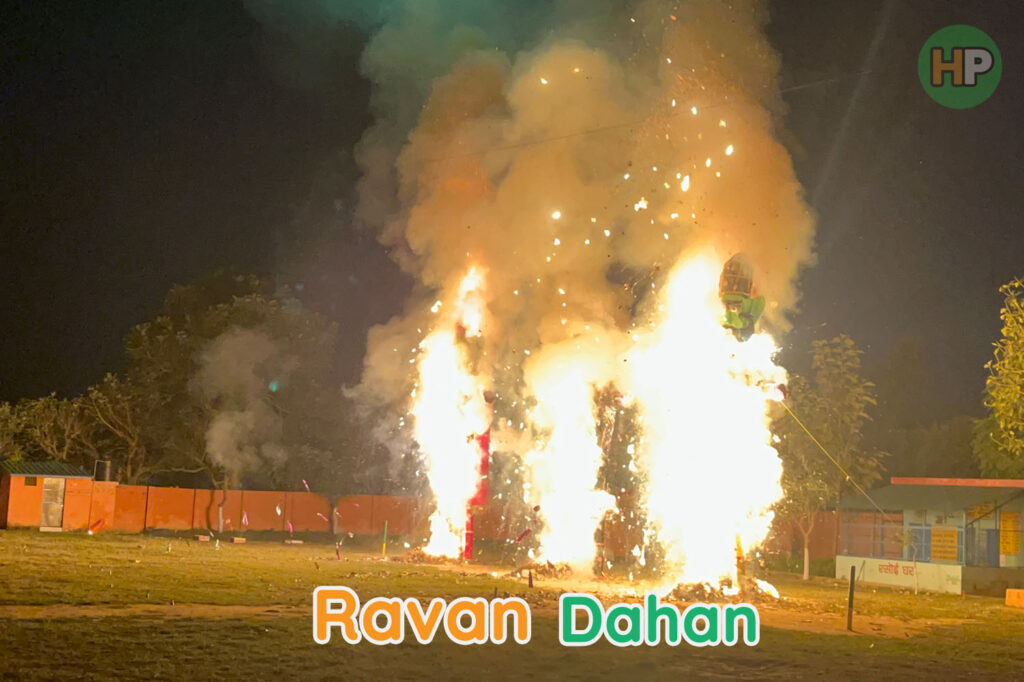
Importance of Dussehra ( दशहरा का महत्व ) :-
- Victory of Good over Evil :
Dussehra symbolizes the triumph of righteousness and virtue over evil forces. Whether it is the victory of Lord Rama over the demon king Ravana or Goddess Durga over Mahishasura, the festival conveys the message that good will ultimately prevail over evil.
बुराई पर अच्छाई की विजय : दशहरा बुरी शक्तियों पर धर्म और सद्गुण की विजय का प्रतीक है। चाहे वह राक्षस राजा रावण पर भगवान राम की जीत हो या महिषासुर पर देवी दुर्गा की जीत हो, यह त्योहार यह संदेश देता है कि अंततः बुराई पर अच्छाई की जीत होगी। - Spiritual Significance :
The festival is a reminder of the importance of adhering to dharma (righteousness) and following the path of virtue. It encourages individuals to face challenges with courage, faith, and moral integrity.
आध्यात्मिक महत्व : यह त्योहार धर्म का पालन करने और सदाचार के मार्ग पर चलने के महत्व की याद दिलाता है। यह व्यक्तियों को साहस, विश्वास और नैतिक निष्ठा के साथ चुनौतियों का सामना करने के लिए प्रोत्साहित करता है। - Cleansing and Purification :
The burning of effigies of Ravana, his son Meghanada, and his brother Kumbhakarna during Dussehra symbolizes the eradication of negativity and impurities from one’s life. It is seen as an opportunity for self-reflection and renewal, encouraging individuals to let go of negative traits and embrace positive change.
सफाई और शुद्धिकरण : दशहरे के दौरान रावण, उसके पुत्र मेघनाद और उसके भाई कुंभकर्ण के पुतले जलाना किसी के जीवन से नकारात्मकता और अशुद्धियों के उन्मूलन का प्रतीक है। इसे आत्म-चिंतन और नवीनीकरण के अवसर के रूप में देखा जाता है, जो व्यक्तियों को नकारात्मक गुणों को छोड़ने और सकारात्मक परिवर्तन को अपनाने के लिए प्रोत्साहित करता है। - Culmination of Navaratri :
Dussehra marks the tenth day of Navaratri, a nine-night festival dedicated to the worship of Goddess Durga. The preceding days involve various rituals, fasting, and devotional practices. Dussehra brings the Navaratri celebrations to a grand conclusion.
नवरात्रि का समापन : दशहरा, नवरात्रि के दसवें दिन का प्रतीक है, जो देवी दुर्गा की पूजा के लिए समर्पित नौ रातों का त्योहार है। पिछले दिनों में विभिन्न अनुष्ठान, उपवास और भक्ति अभ्यास शामिल होते हैं। दशहरा, नवरात्रि उत्सव को भव्य समापन तक लाता है। - Preparation for Diwali :
Dussehra also marks the beginning of preparations for Diwali, the festival of lights. It initiates a festive season filled with joy, happiness, and the exchange of gifts among family and friends.
दिवाली की तैयारी : दशहरा रोशनी के त्योहार दिवाली की तैयारियों की शुरुआत का भी प्रतीक है। यह खुशी, खुशी और परिवार और दोस्तों के बीच उपहारों के आदान-प्रदान से भरे उत्सव के मौसम की शुरुआत करता है। - Harvest Festival :
In some regions, Dussehra coincides with the conclusion of the agricultural season and the beginning of the harvest season. Farmers express gratitude for the bounty of the land and seek blessings for a prosperous future.
फसल उत्सव : कुछ क्षेत्रों में, दशहरा कृषि मौसम के समापन और फसल के मौसम की शुरुआत के साथ मेल खाता है। किसान भूमि की प्रचुरता के लिए आभार व्यक्त करते हैं और समृद्ध भविष्य के लिए आशीर्वाद मांगते हैं। - Cultural Unity :
Dussehra is celebrated with great enthusiasm and unity across various regions of India. It brings people together, fostering a sense of community and shared cultural values. The rituals, processions, and festivities create a bond among people, transcending regional and social differences.
सांस्कृतिक एकता : दशहरा भारत के विभिन्न क्षेत्रों में बड़े उत्साह और एकता के साथ मनाया जाता है। यह लोगों को एक साथ लाता है, समुदाय की भावना और साझा सांस्कृतिक मूल्यों को बढ़ावा देता है। अनुष्ठान, जुलूस और उत्सव क्षेत्रीय और सामाजिक मतभेदों से परे लोगों के बीच एक बंधन बनाते हैं।
The Celebration of Dussehra in Bharat ( भारत में दशहरा का उत्सव ) :
After completion of Ram Leela in Navratri, Many regions organize grand processions during Dussehra, featuring idols of Goddess Durga or representations of Lord Rama. These processions, accompanied by music, dance, and cultural performances, move through the streets, engaging local communities.
नवरात्रे में राम लीला समापन के बाद ,कई क्षेत्रों में दशहरे के दौरान भव्य जुलूसों का आयोजन किया जाता है, जिसमें देवी दुर्गा की मूर्तियाँ या भगवान राम की मूर्तियाँ शामिल होती हैं। ये जुलूस, संगीत, नृत्य और सांस्कृतिक प्रदर्शन के साथ, स्थानीय समुदायों को शामिल करते हुए सड़कों से गुजरते हैं।
Burning of Effigies : One of the central rituals of Dussehra involves the burning of large effigies of Ravana, symbolizing the destruction of evil forces. This spectacle is attended by large crowds, and the burning is accompanied by fireworks and celebrations.
पुतले जलाना : दशहरा के केंद्रीय अनुष्ठानों में से एक में रावण के बड़े पुतले जलाना शामिल है, जो बुरी ताकतों के विनाश का प्रतीक है। इस तमाशे में बड़ी भीड़ शामिल होती है, और दहन के साथ-साथ आतिशबाजी और जश्न भी मनाया जाता है।
दशहरा बुराई पर धर्म और सदाचार की जीत का प्रतीक है।
Dussehra symbolizes the victory of righteousness and virtue over evil.
Stay Happy and Healthy
आप सभी को हिंदू पंचांग की ओर से दशहरा 2024 की बहुत-बहुत शुभकामनाएं।🙏
Hindu Panchang wishes all of you a very happy Dussehra 2024..🙏

